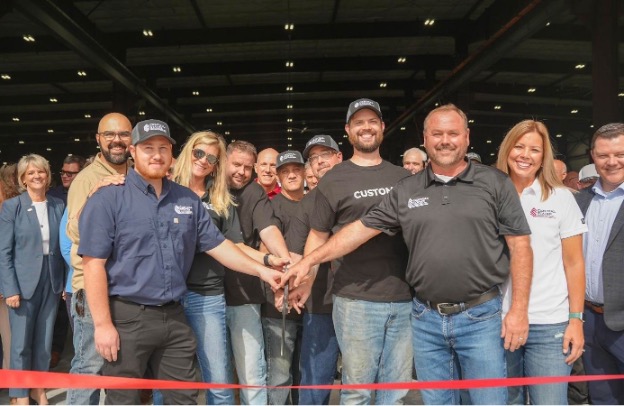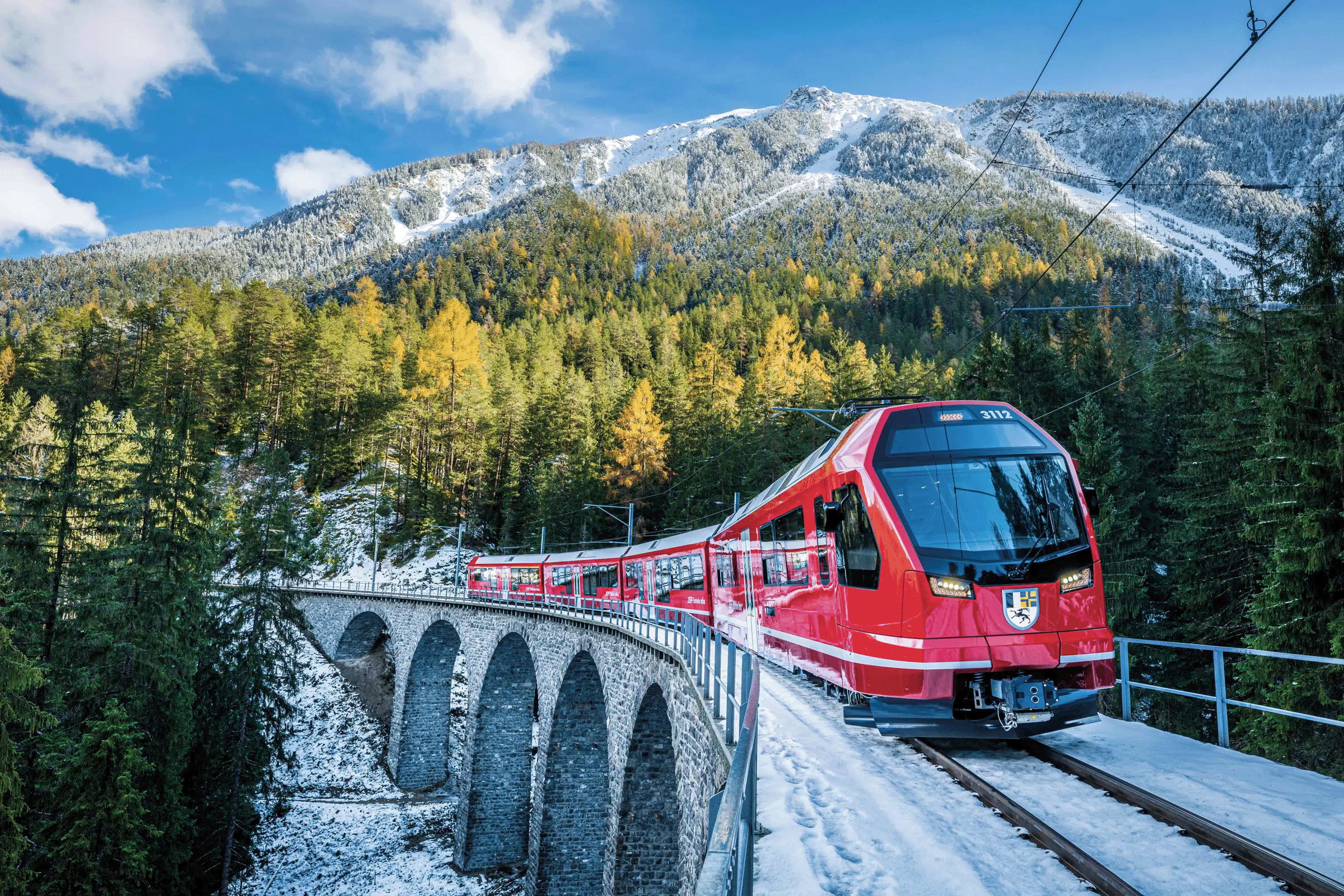The Return of Site Visits: Five Questions for Mike Flynn

May 10, 2021
In nearly two decades in economic development, EDCUtah chief operating officer Mike Flynn had seen nothing like the recent pandemic-driven hiatus in site visits. But times are changing.
“After COVID hit in March 2020, we essentially had no site visits for ten months. Now, we’ve had a dozen in the past few months, and we have eight more planned in the coming weeks. They are accelerating at a tremendous rate, and they’re coming with new twists,” Flynn says.
What are the macro trends impacting site selection as we emerge from the pandemic?
At the macro level, companies appear to be “COVID-proofing” their supply chains, production, and logistics. The upshot is that more companies are looking for more capacity that’s strategically located in more places.
For a time, the trend was to consolidate production because it was more efficient. Running a single 1 million square foot (sf) facility was cheaper than running three 300,000-sf facilities. But if you have a COVID outbreak at a single facility, and it shuts down production for six weeks, you are out of business.
Companies have realized that it may be less efficient to run three 300,000-sf facilities, but it’s less risky. If one goes down, the company still has two others to provide capacity.
Redundant facilities have an added benefit when it comes to shipping product. If you have one large distribution hub, and your primary shipping partner begins to allocate, or cap, the number of packages you can ship, your business could be bottlenecked. If you have multiple distribution centers in opposite ends of the country, your allocation will likely be larger. Plus, the company will be better positioned to tap smaller regional shippers if needed to meet demand.
We’re also seeing a trend toward investing in automation to minimize the human element because a machine doesn’t catch COVID.
All of these factors are why we’re getting more looks from production facility projects with higher CAPEX for automation and lower headcounts than we’ve seen in the past. Companies are “derisking” the shop floor and seeking more capacity on logistics side.
Manufacturing companies still need to travel and see the dirt. How should EDCUtah and our partner communities approach site visits differently?
I’ll touch on the tactical differences first, which start with COVID logistics. You should plan to spend more time ahead of site visits talking about masks, hand sanitizer, vehicle logistics, and other COVID protocols.
It’s no longer the case of having a bus or van; plan to convoy a dozen different vehicles. It’s no longer the case to pack 12 people into a room with 12 seats; plan to seat six people into a room that can hold 40, or in a tent if the weather is warm. Don’t plan on lunches anymore. If you do have food, make it a box lunch and think tailgate party in the parking lot.
Site visits are increasingly hybrid, that is, a blend of in-person meetings and online components. Are we ever going back to all in-person?
The hybrid site visit is another tactical aspect that we expect will be around for a while. Some components are returning to in-person, but clients are in town for shorter periods and doing more online.
It used to be a company would visit for two days and take a dozen meetings in that time. Now they’re coming out for one day, and they want to have a couple of meetings to physically see different locations. The rest of the stuff they will do on Zoom before or after.
In the hybrid approach, it’s important to have more visual content. You need a slide for every step in the process. There’s less free-flowing conversation across the table. You need more structure and ways to engage the online audience, so production value is key.
Lastly, one thing we stress is to have someone who quarterbacks the online technology. That person should not be the city economic development lead or the EDCUtah business development manager. You need a dedicated person to launch, monitor, and troubleshoot the Zoom or other platform you are using. That support person doesn’t have a role in the site visit, other than making things run smoothly, managing screen share, and ensuring that the audio pick-up in a cavernous meeting room is adequate.
How have the conversations changed and how can our partners prepare for this shift?
Given the heavy focus on heavy industrial projects, plan to spend more time talking about water, wastewater, water rights, capacities, infrastructure costs, timelines for that infrastructure, electrical power, and natural gas.
The single thing a city or county can do to better prepare? Make sure the economic development director and those in charge of public utilities know and talk to each other regularly. The conversations should revolve around things like, “Who is our largest water user? Can we handle anyone larger than that? What capacity currently exists at the wastewater treatment plant? When will we hit that upper threshold given current growth?”
Identify the best one or two sites in your area that could service a big utility user and have some theoretical conversations with your in-house utilities expert. What you don’t want to do is to have those conversations for the first time in a meeting with a site selector.
Reach out to Dominion Energy and Rocky Mountain Power, or if you’re a municipal power city, talk to your city power department, to get a rough idea on potentially servicing a big natural gas or power user at those sites you’ve identified. The questions here include: “What’s it going to cost? How long is it going to take? Is there capacity at the current sub-station? How far away are the main gas or power lines?”
Each project is unique but if you generally know the impacts and options around, say, a 500,000-gallon-a-day water user with a 10MW power requirement and some substantive gas usage, you’ll be starting on the 20- or 30-yard line instead of the one-yard line.
Talk to our Community Strategy team and request a site information form. Go through the exercise of filling one out. In other words, do the homework ahead of an actual site visit to avoid rushing. Our Development Ready Communities training program can help you work through all of this in a very organized fashion, so you’re in better shape when that big project comes knocking.
Diversity, Equity, and Inclusion (DEI) is gaining attention in site visits. What’s new here?
More than in the past, the site-visit entourage includes the organization’s chief diversity officer, and a site’s ability to support corporate diversity goals is part of the evaluation criteria.
At EDCUtah, we first saw this trend a few years ago when two large companies – in tech and finance - were considering Utah, and support for diversity was an important factor in their location decisions. “We compensate our human resources team on their ability to hire a diverse population,” one told us. “How’s that going to work in Utah?”
We didn’t have a good enough answer at the time, and these companies both went to the Southeast, even though Utah won on all the other decision criteria. These were large, publicly traded companies, but we are now getting the same kinds of questions from smaller, privately-held manufacturing companies. That tells me that DEI has become a business imperative, no different than talking about tax rates or workforce density.
My advice is be prepared for the site selector’s questions on programs the community has to support DEI locally. You want to articulate where you are, where you want to be, and describe the steps underway. There’s a lot of good information coming out at the state level to help guide your approach.
You don’t have to have a fully developed DEI solution, but you do have to show direction. As one site selector I know says, “Don’t tell me it’s not an issue. Tell me what you’re doing about it.”
Bonus question - We’re starting to see a glimmer of office projects in the pipeline. How will site visits change as these projects return?
When office projects return, you’ll be able to do a lot of the work virtually at the front end. Comparing different office buildings is more of a math problem compared to physically visiting an industrial property to better understand its pluses and minuses. There will be a point where the prospect comes out to see the building options, but those visits will probably occur later in the process, after a lot of virtual meetings, such as employer interviews, take place first.






